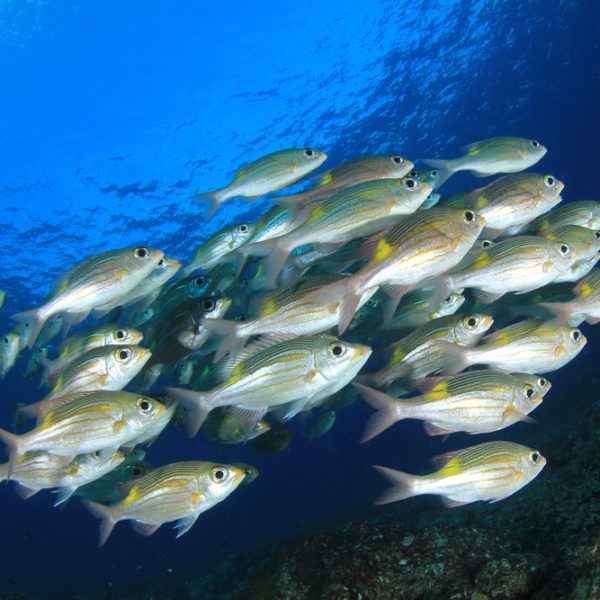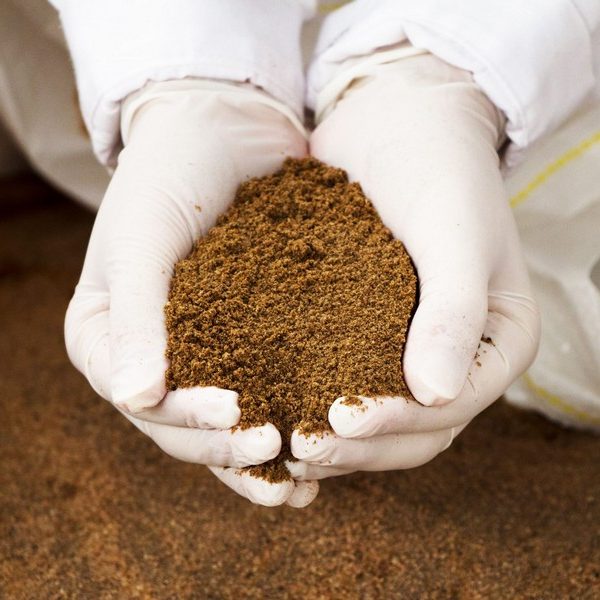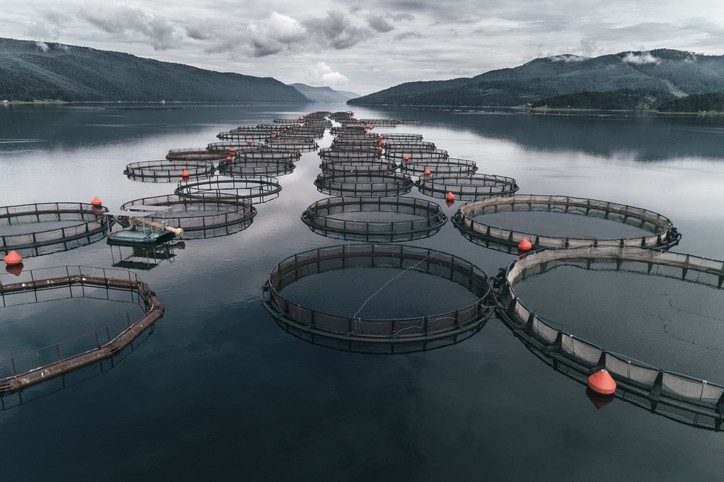Fish Meal
Description
Fish meal is obtained by cooking, pressing, drying and milling fresh raw fish or fish trimmings. There are several types of fish meal in the market depending on the source of fish or fishery by-products used and on the processing technology involved. Fish meal is a more or less coarse brown flour.
The three major sources of fish meal are:
- fish stocks harvested specifically for this purpose: small, bony and oily fish such as anchovy, horse mackerel, menhaden, capelin, sandeel, blue whiting, herring, pollack…
- by-catches from other fisheries;
- trimmings and offal left over from fish processed for human consumption (unpalatable or fast spoiling)
Fish meal is an excellent source of highly digestible protein, long chain omega-3 fatty acids (EPA and DHA) and essential vitamins and minerals. Fish meal quality depends on the raw material used and on the processing method involved.


Distribution
Fish meal has been used as a feedstuff since the 19th century in Northern Europe and is now used worldwide. Global production of fish meal has been stable for the past two decades at around 5 to 6 million tons, Peru and Chile being the main producers.
A major portion (more than 60%) of fish meal produced globally is used for aquaculture (farming of finfish and shrimp). The intensification of aquaculture in Asia, and particularly in China, is increasing the demand for fish meal even though the supply cannot grow accordingly. Natural phenomena such as the El Niño-Southern Oscillation affect the fisheries along Central American Pacific coasts, leading to seasonal scarcities and increased prices. Due to these factors, the fish meal market is volatile and prices often shoot up. The search for suitable and cost-effective alternative protein sources for use in industrial aquafeeds will be the most critical factor in the development of intensive aquaculture in Asia.
Environmental Impact
Due to the ever increasing demand for fish meal and fish oil to be used in feeds for farmed fish and crustaceans, there has been concern that the over-reliance on capture fishery-derived fish products for aquaculture would contribute to the over-exploitation of certain types of fisheries, with concomitant effects on the stocks of other wild fish. However, time-series data show that there has been no upward trend in the catch of fish for feed since the 1980s. Based on current developments in fish feed formulations, it is now recognized that aquaculture contributes to global fisheries supply and does not deplete the marine fishery resources. Besides, the fish meal industry has committed itself and set forth several stringent measures to ensure that the feed-grade fisheries respect sustainability criteria. Another issue of concern is the poor management of rejects.

